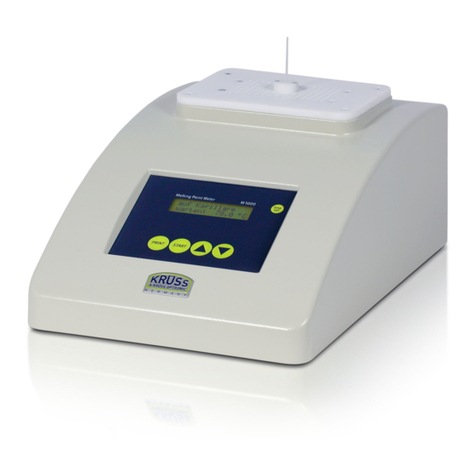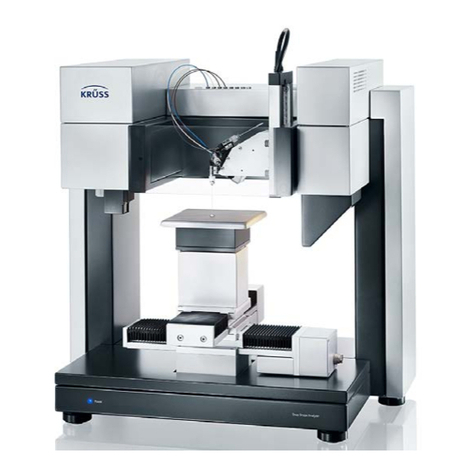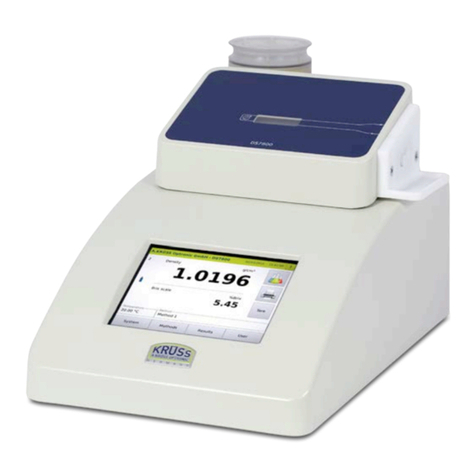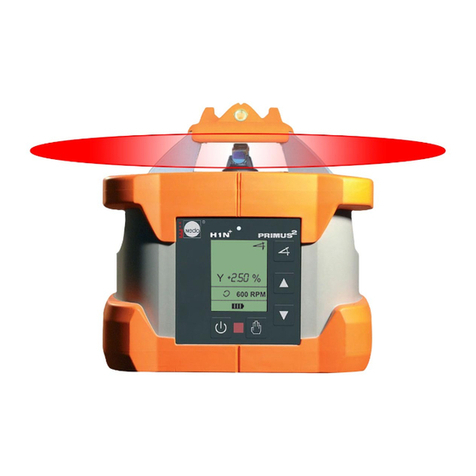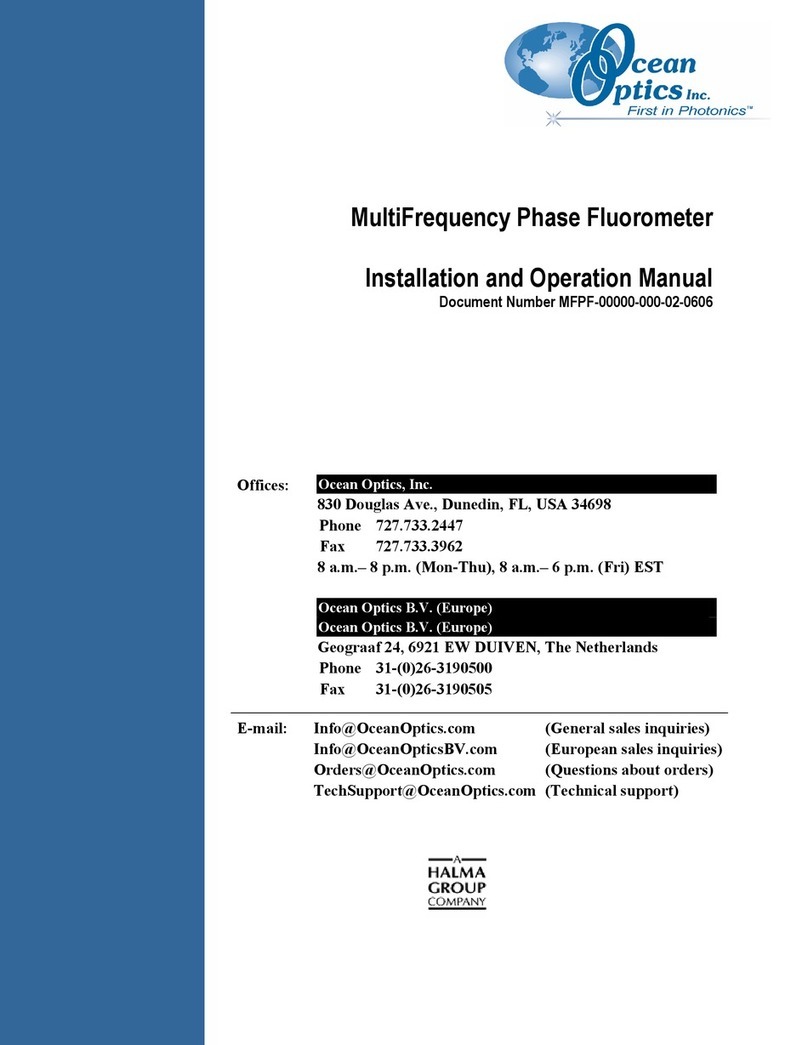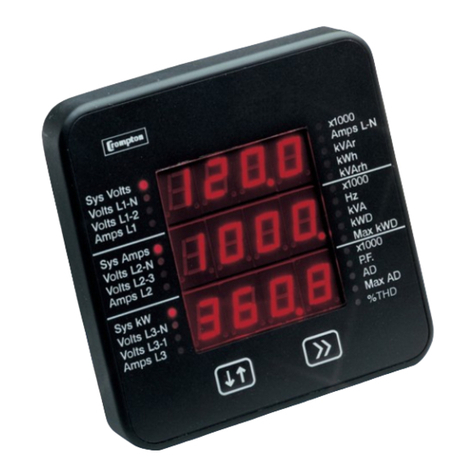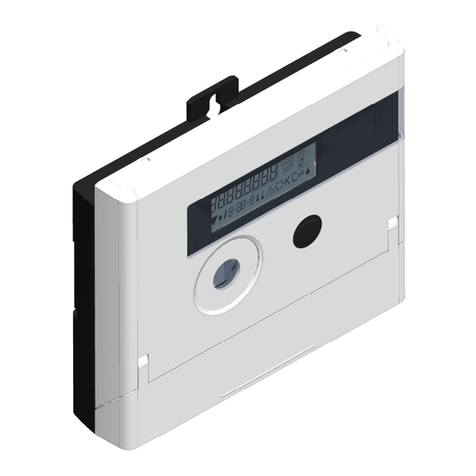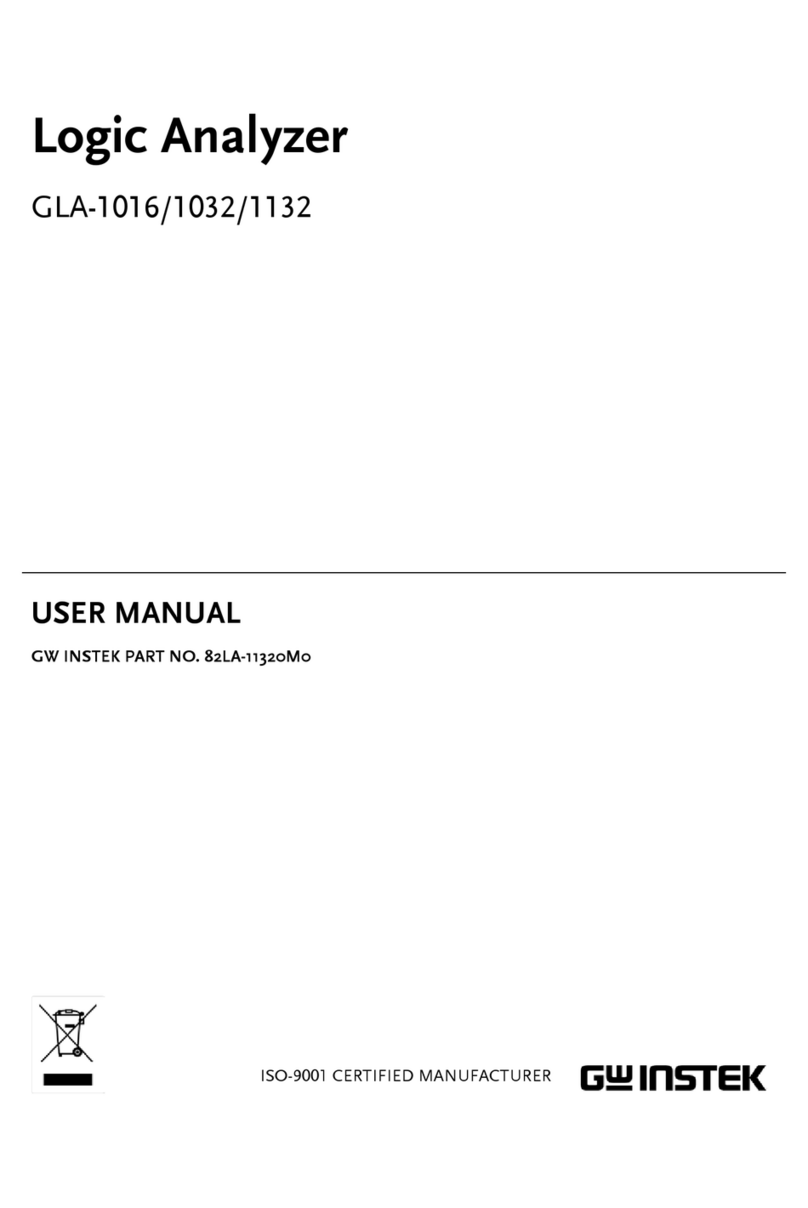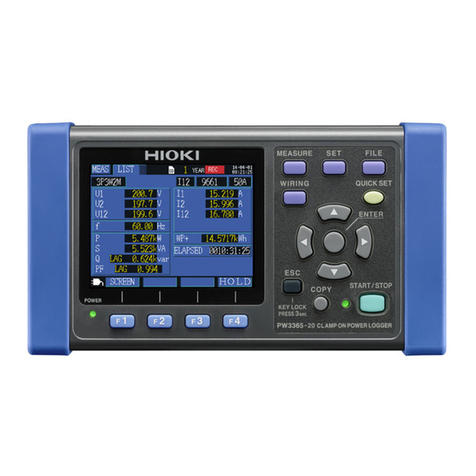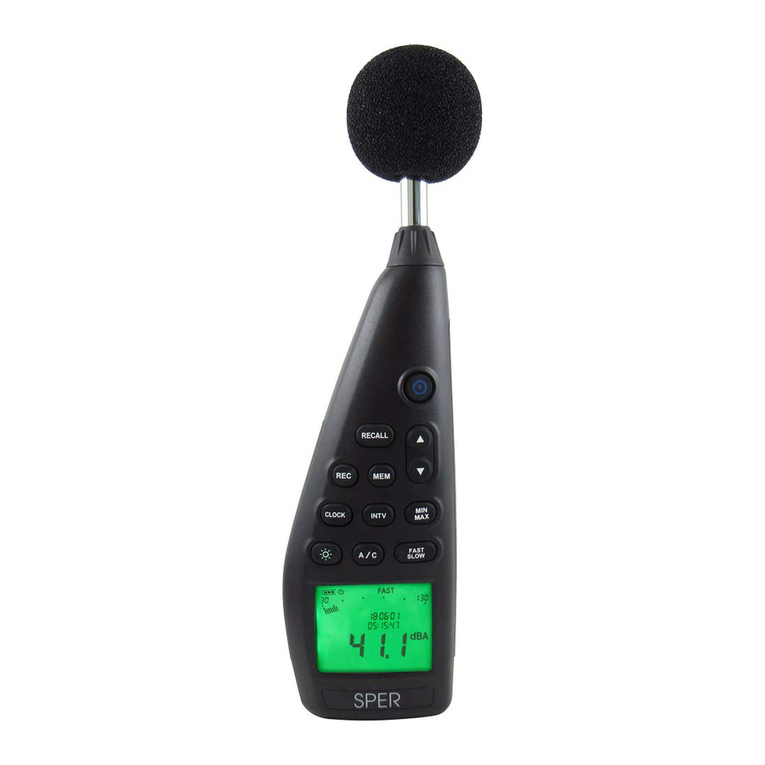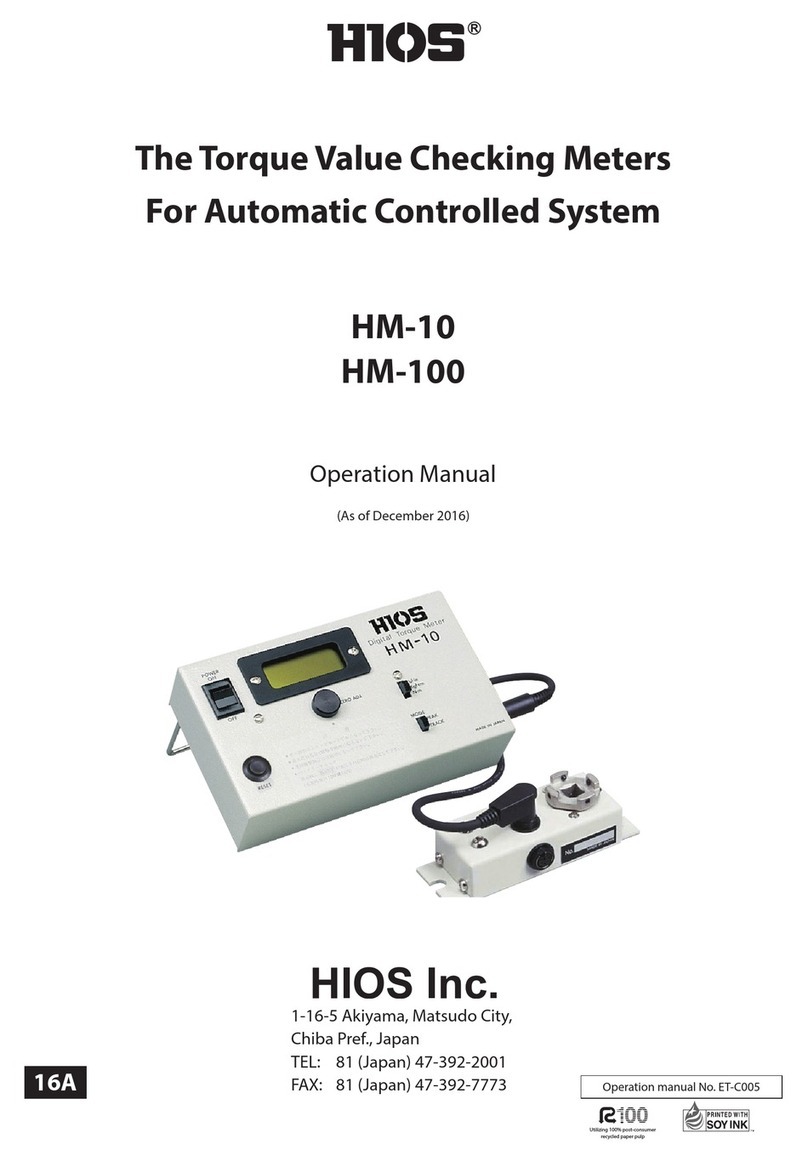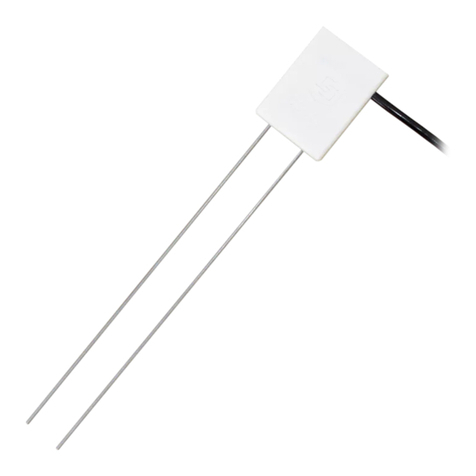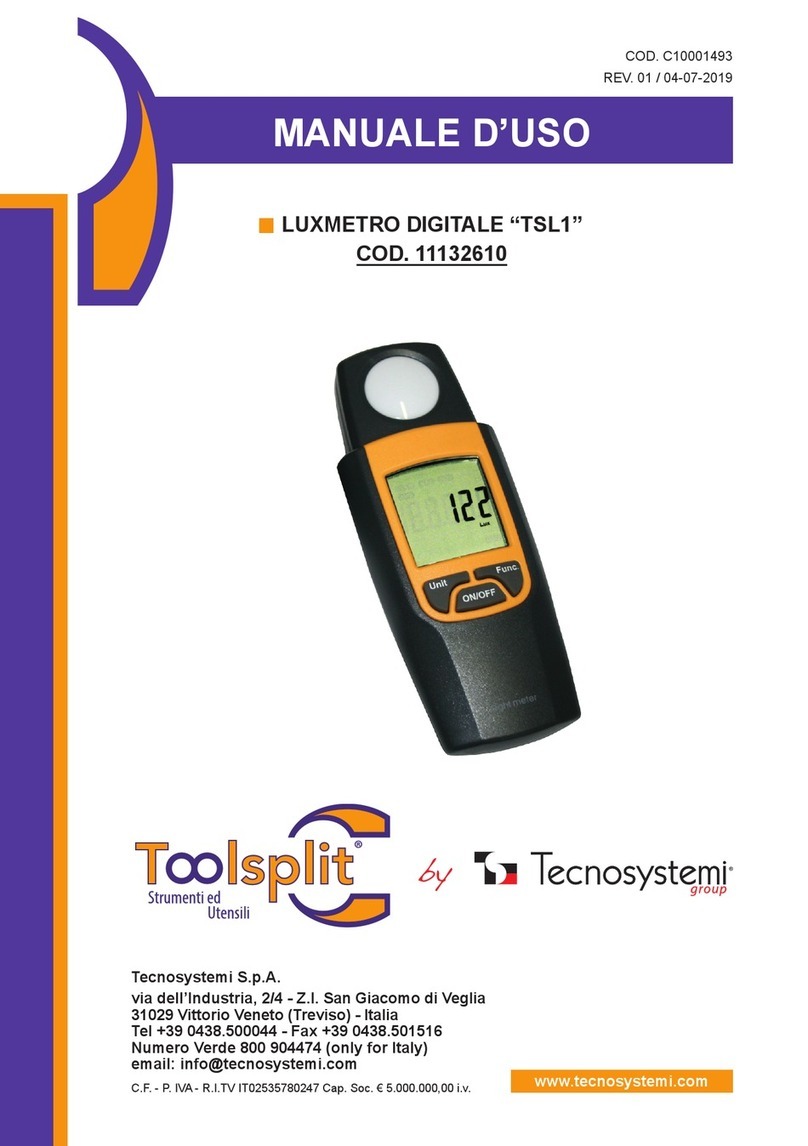
Contents page 1
KRÜSS GmbH | Borsteler Chaussee 85 | 22453 Hamburg | Germany | www.kruss.de
Contents
1General information..................................................................................3
1.1General safety information.................................................................................................................................................3
1.2Intended use and application restrictions....................................................................................................................3
1.3Storage and transportation................................................................................................................................................4
1.4Scope of documentation and reference to other documents .............................................................................4
1.5Technical customer support...............................................................................................................................................4
2Controls .........................................................................................................5
2.1Overview ....................................................................................................................................................................................5
2.2Measurement button............................................................................................................................................................5
2.3Dosing unit................................................................................................................................................................................5
2.3.1Dosing units available..................................................................................................................................................5
2.3.2Cover...................................................................................................................................................................................6
2.4Components on the underside.........................................................................................................................................6
2.4.1Illumination.......................................................................................................................................................................6
2.4.2Prism....................................................................................................................................................................................6
2.4.3Aperture.............................................................................................................................................................................7
2.4.4Dosing outlet ...................................................................................................................................................................7
3Filling cartridges for the pressurized dosing unit..........................8
4Carrying out a measurement ............................................................. 10
4.1Note for dosing and calibration.....................................................................................................................................10
4.2Connecting the MSA...........................................................................................................................................................10
4.3Creating a measurement in ADVANCE........................................................................................................................10
4.4Calibration of the drop volume......................................................................................................................................10
4.5Carrying out a measurement...........................................................................................................................................11
5Using the optional syringe dosing unit.......................................... 12
5.1Notes on reconfiguration..................................................................................................................................................12
5.2Changing the dosing unit .................................................................................................................................................12
5.3Filling the syringe dosing unit.........................................................................................................................................14
5.3.1Opening the cover.......................................................................................................................................................14
5.3.2Filling the syringe.........................................................................................................................................................15
5.3.3Fitting the syringe sleeve..........................................................................................................................................15




















